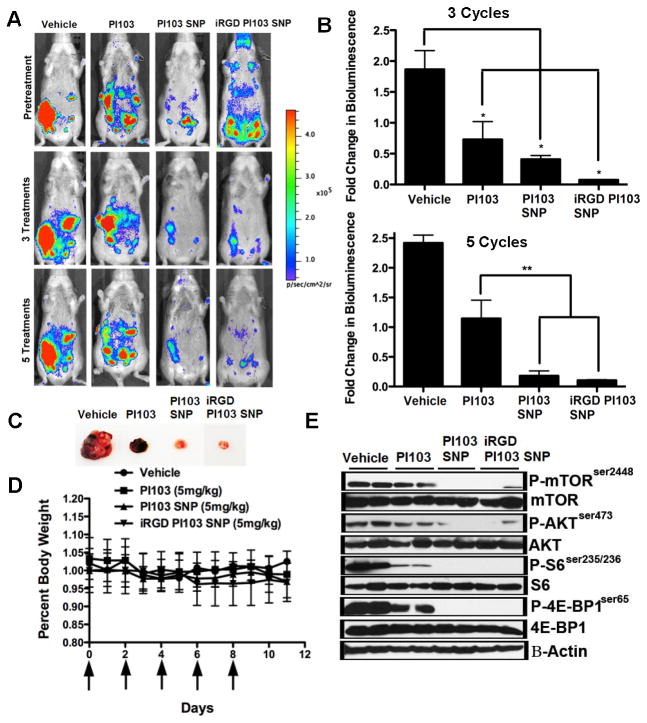Figure 5. PI103-SNP inhibits tumor growth in a K-rasLSL/+/Ptenfl/fl ovarian cancer model.
(A) Representative pictures from the 4 treatment groups before and after 3 and 5 treatments (n = 3). Tumor images was obtained using a IVIS Lumina II Imaging System. Quantification of bioluminescence was achieved by using the Living Image Software 3.1. Mice received 150 mg/kg of D-luciferin firefly potassium salt via intraperitoneal injection prior to imaging; (B) Bioluminescence quantification indicates a significantly decreased tumor luciferase signal in mice treated with Free-PI103, PI103-SNP, and iRGD-PI103-SNP compared to vehicle (p<0.05, one-way ANOVA analysis) after 3 treatments. Following 5 treatments, bioluminescence quantification indicates response to PI103-SNP was significantly higher compared to free PI103 (p<0.01, one-way ANOVA analysis); (C) Representative K-rasLSL/+/Ptenfl/fl tumors excised from animals treated with free-PI103, PI103-SNP, and iRGD-PI103-SNP; (D) Graph shows drug toxicity assessed by measurements in overall body weight. Daily recordings indicate no difference in body weight after 5 treatments of all treatment groups; (E) PI3K/mTOR pathway markers were assessed in K-rasLSL/+/Ptenfl/fl tumors treated with vehicle, 5 mg/kg Free-PI103, 5 mg/kg PI103-SNP, and 5 mg/kg iRGDPI103-SNP by western blotting as described in Materials and Methods. Inhibition of mTOR substrates by PI103-SNP and iRGD-PI103-SNP treatment was much greater in comparison to free drug in K-rasLSL/+/Ptenfl/fl tumors.

